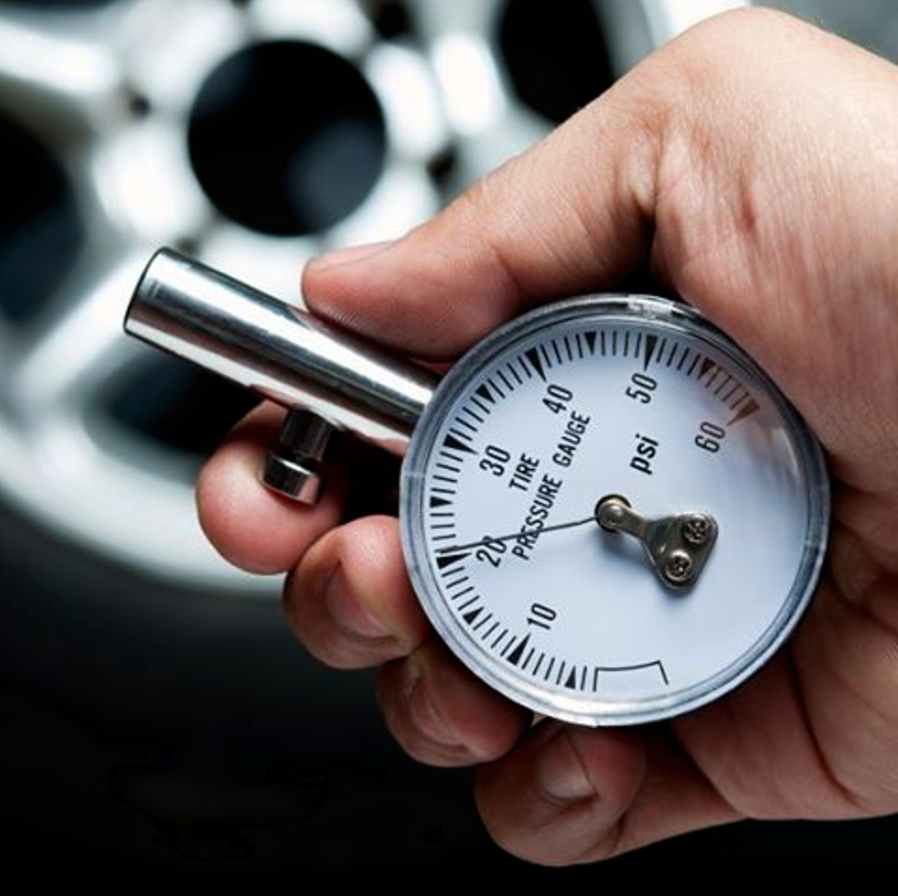
By Admin, BuyLocalBG.com, BuyLocalBg@gmail.com/
Friday, March 10th, 2017 11:00 AM CST
By S&R Tire Expert Panel:
The safety of you and your passengers can depend on the pressure level of your vehicle’s tires! That’s because tires that are properly inflated are key to your vehicle’s handling, and under or over inflated tires can reduce stability and even cause a blowout. How smooth the ride feels, how much mileage you get per gallon, and how long your tires last also depend on keeping the accurate pressure level. So, you’ll want to check the pressure in all your tires at least once a month. Here’s how:
Get a good tire gauge. The gauges at gas station air pumps are overused, so there’s a good chance they may not be accurate. It’s better to keep your own in your glove compartment. It’s well worth the small cost. Gauges run from about $6 for a reliable pencil-sized style with pressure-indicating notches, to about $10 – $16 and up for battery-operated digital models. Some of those are even programmable to “remember” the recommended pressure for your vehicle.
Find the recommended tire pressure level for your vehicle. This information is in your owner’s manual. Often, it’s on a sticker in the front door jamb on the driver’s side, too. The level is given in pounds per square inch (PSI). Also, tires usually have a recommended PSI number on them. If there’s a discrepancy between the vehicle manufacturer’s recommendation and the number on the tire, you can contact your Best-One store for guidance.
Let your vehicle “rest” from driving before measuring the tire pressure. Accurate readings depend on the air in the tires being cool, so it’s best to measure after your vehicle hasn’t been driven for a couple of hours. If that isn’t possible, give it at least 30 minutes.
To check the pressure, unscrew the cap on your tire’s valve stem, and press the gauge’s nozzle onto it evenly. You might hear a slight hiss as a bit of air escapes when you place the gauge on the valve stem, but that will stop when you push the gauge down firmly. It only takes a second or two for the gauge to register the current pressure by extending the stick on a pencil-type gauge or showing the number read-out on a digital style. As you check each tire, compare the results with the recommended level.
Replace the cap on the tire’s valve stem. Then follow up on getting those tires properly inflated! Beyond the monthly check, it’s also a good idea to check before any trip that’s going to have you on the road for a while or if there’s been a sudden extreme change in the environmental temperature. Remember, if you need further information or help, just contact your local Best-One. We’re glad to be of service.










